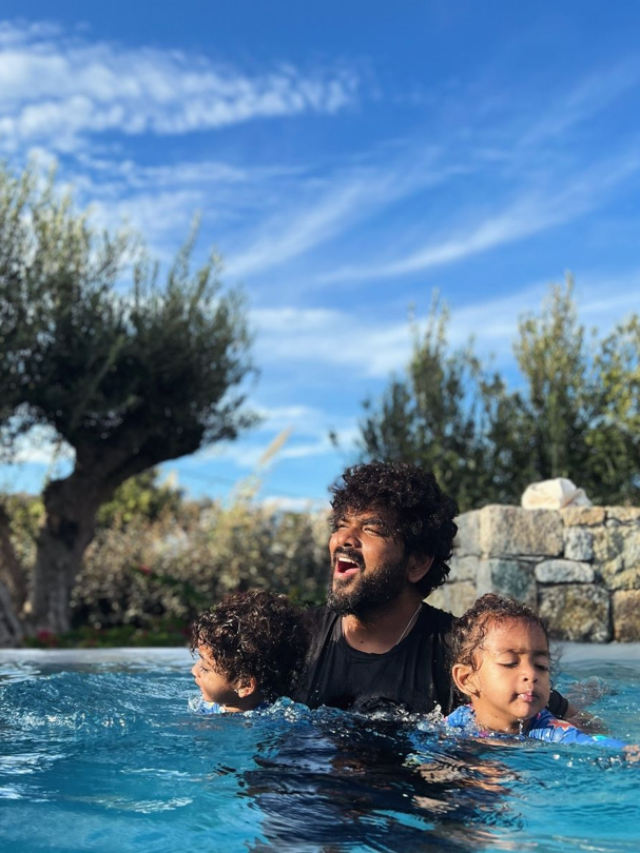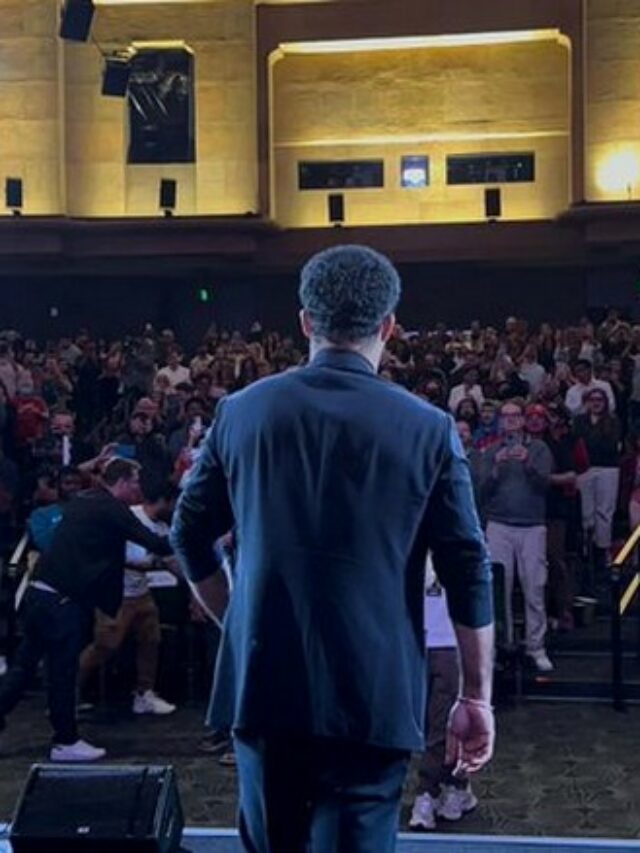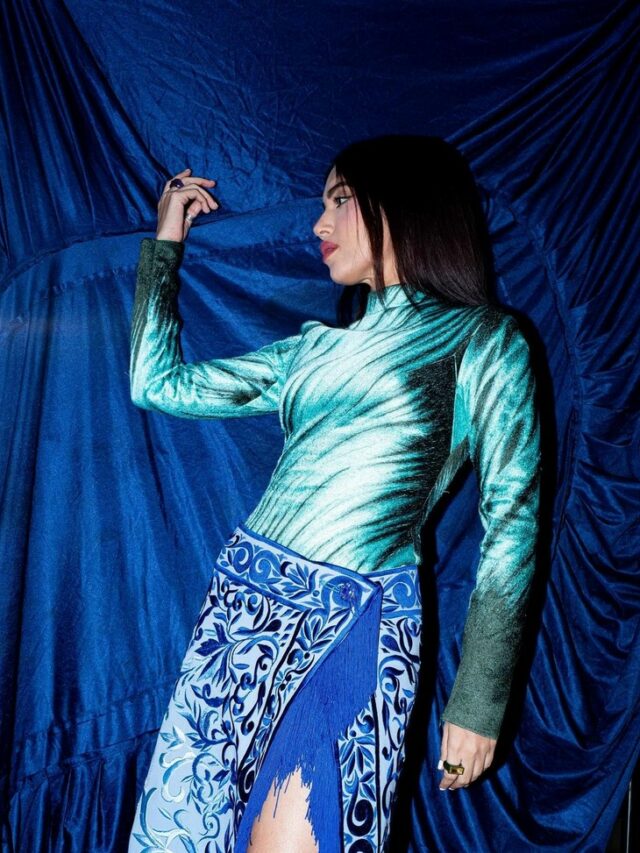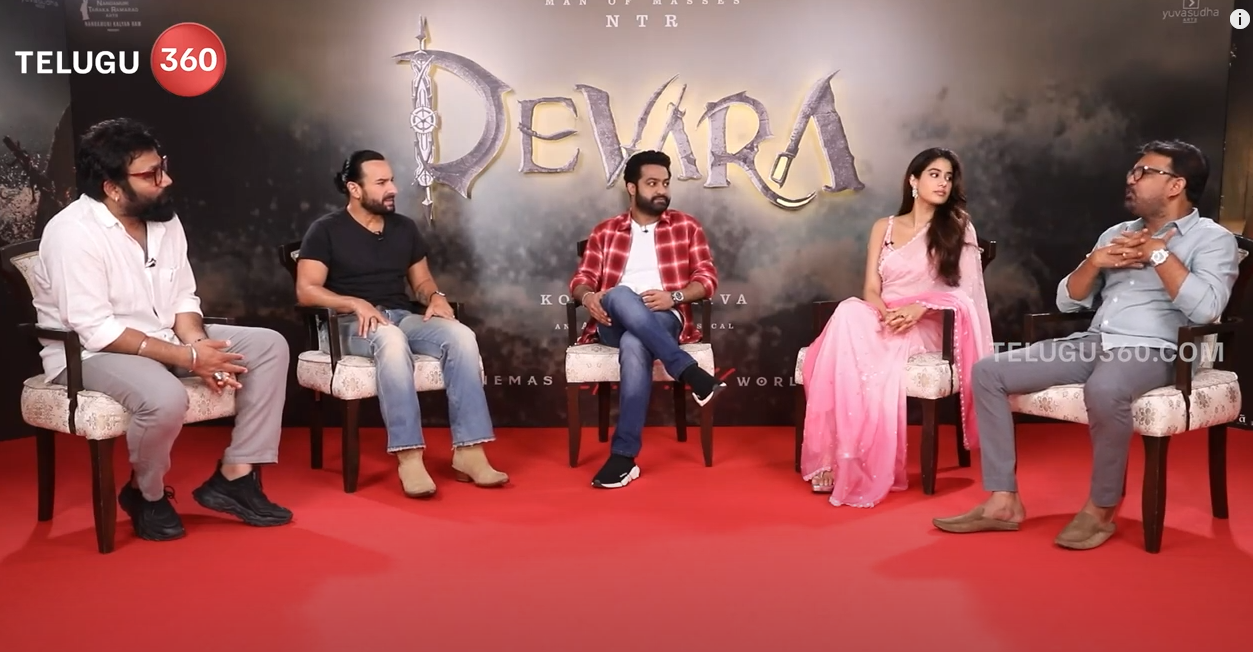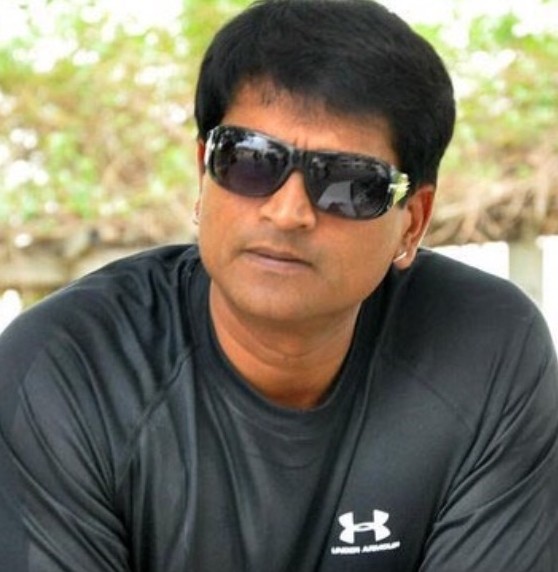[intro]When the industry was just coming to terms with Ravi Babu as a bankable actor with impressive performances in Tholi Prema, Murari and Nenunnanu, the man, son of senior actor Chalapathi Rao did the unthinkable. He turned director for Allari and even more surprisingly, he made a mark and set the cash registers ringing. Otherwise too, he didn’t give up on doing meaty character roles like the one in 13B or Swamy Ra Ra or even Dochay in the recent past. He has been a unique brand in himself with the quality of films he has made from Amaravati to Anasuya to Laddu Babu and Avunu. Moreover, his last film Avunu Part 2 may not have made an impression at the box-office but it did embark a new green trend for the industry. A simple thought that began with not using paper for the various stages of filmmaking. In this conversation to Telugu360.com, he talks about the possibility of being part of an eco-friendly industry.[/intro]
We would watch assistant directors carry two suitcases filled with versions of scripts, every day at locations, lying here and there. They would find it difficult to keep it in cars too as there would be people sitting and it would be crammed. Why do we need the material every day and why can’t it be in one place? This is what I thought and got to a computer. Though computers need power, charger etc, these ipads had come with ten hours of backup battery and the idea germinated there. To put all our script material in one place, and also to have the earlier versions to do cross references, we decided to make it a paperless production, a paperless film.
Right from the conception stage, while we were talking about the film, the part 2 of Avunu, how to go about writing it, this idea struck me. We had to get scripts of the earlier version which were not with us. We had to hunt for it on the computer or look out for the censor script. We were watching the film and at the same time, taking down notes on the other part of the screen. The minute it started, I didn’t have another place to write down the fresh script of part 2 and opened another window. The requirement of a file never came as the screenplay writer wanted it to be emailed. We used the ipad during the muhurat too. In a muhurat, the script file is kept before god and the priest performs puja and gives the files to the producer who in turn hands it over to the director. It is a traditional way of telling, go ahead and make the movie. This was D. Ramanaidu’s last film for which he did puja. He asked us for the script and was surprised to see the ipad on the big plate. I told him our decision not to use paper keeping in mind the green initiative. He gave me the ipad and blessed the film. We shot in 32 shifts, curbing paper and did this before the actual shoot began.
The assistant directors have to write the costume list, make up people, actors list, locations list for art department and prop list for art assistants. All this requires paper, writing and making multiple papers and the circulation between departments. We called for a meeting and asked them, if they had smart phones and linked it to Whatsapp. I told them it would be texted or whatsapped. If we go to the store and select anything, the crew member would send photos to the director. We were in a group and everyone knew what was happening without a single sheet of paper.
The next area of paper usage is on production. Assistant directors need to write and edit reports, have the actual scenes shot in files, so that actors can read them on the set. Edit report is a booklet with the carbon copy inserted that has the asst director taking notes about the take number, scene number and any special description for the editor to understand and do the necessary and ensure continuity. For the edit report, the ipad has a camera. Since it is a multiple camera shoot, all three cameras had display monitors for the director. They pick up all the data from the camera and display it on the monitor, because it is a hard drive. It displays the chip number, clip number, duration of the shot for each of the cameras and instead of writing the edit report, the assistant directors would point the ipad at the direction of the monitor and take an individual picture of these monitors for that particular shot.
Since we decided to go green, we wanted to stay true to it. Generators are necessary to light up locations. They drink up diesel, nearly 50 litres to keep it going. Why would we want to use big lights which need power? Since lighting technicalities have changed, incandescent bulb is now being replaced by LED lights. We used LED lights only. We’d ripped up the whole set which was a real location, broke down the wall, rewired the whole place. We knew what scene we were shooting on what day, and lighting grid was placed accordingly on the roof. We found out the amount of wattage we needed to light up the house using LED bulbs was not even as much as the regular cinema light. We don’t need a generator and operated only the power given to the house by the electricity department and got bright light. We cut out carbon emission as we didn’t use diesel and generators.
As we see 150 films are made every year and each film approximately is on sets for about 50 days. We could cut cost drastically. These little things add up. Going green too is a miniscule aspect in comparison to the tonnes of pollution caused by an industry. I tried my bit and having pulled it off, I feel very good. Every bundle of an a4 sheet, you have to cut one big tree. For 50 bundles of paper, you are saving 100 trees in the world and if 100 film productions decide to do it, it is 1000 trees which is not a small number.
The other aspect I want to talk about is the use of recycled material for film production. Food is packaged in plastic instead of stainless steel or Tupperware. I suggest not to use paper cups, but use tupperware or glass. This has to come from every individual and nothing can be enforced. It is like govt. telling people to keep everything clean and not providing garbage bins. It is not enough if we run a campaign and should come from within.


